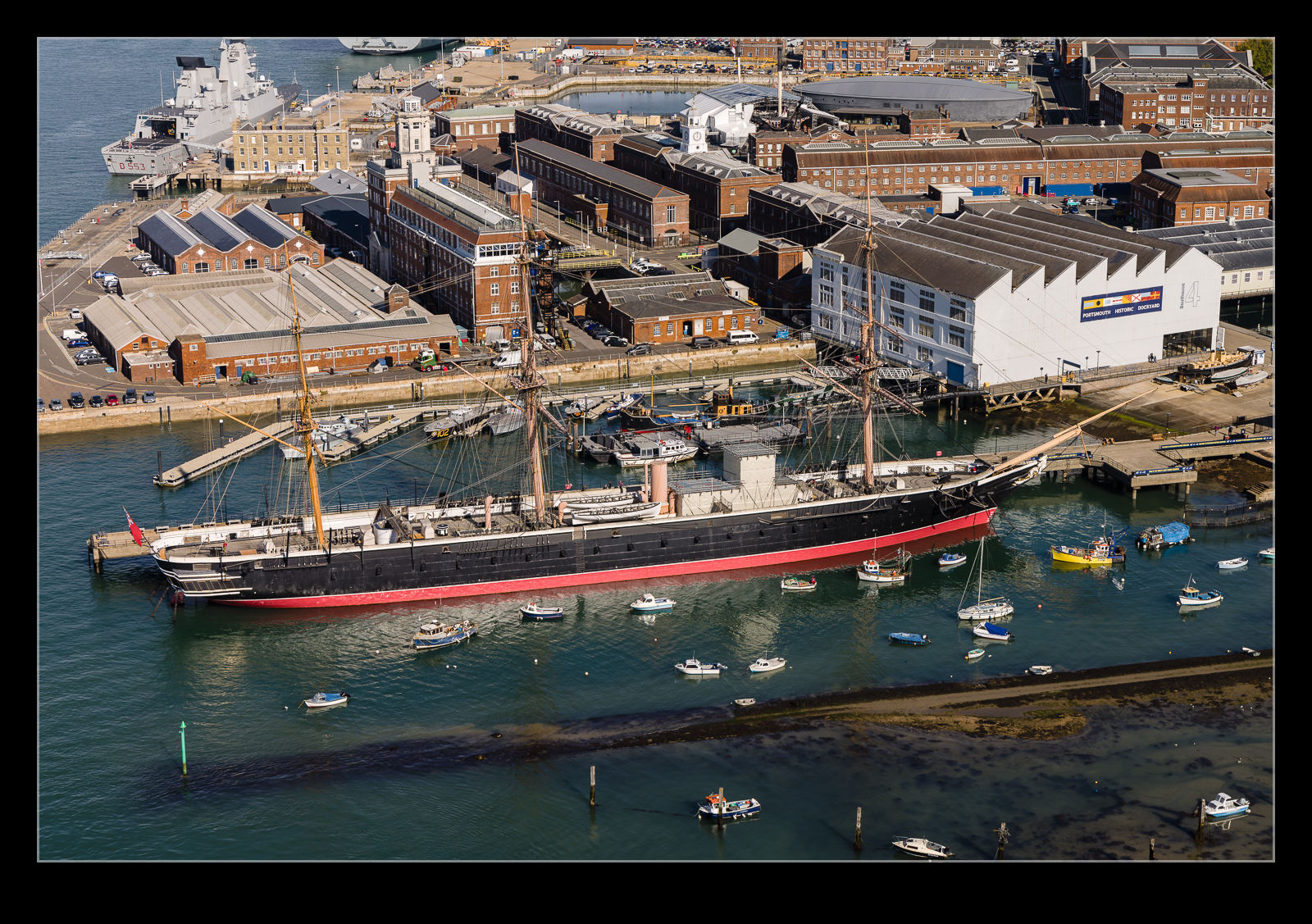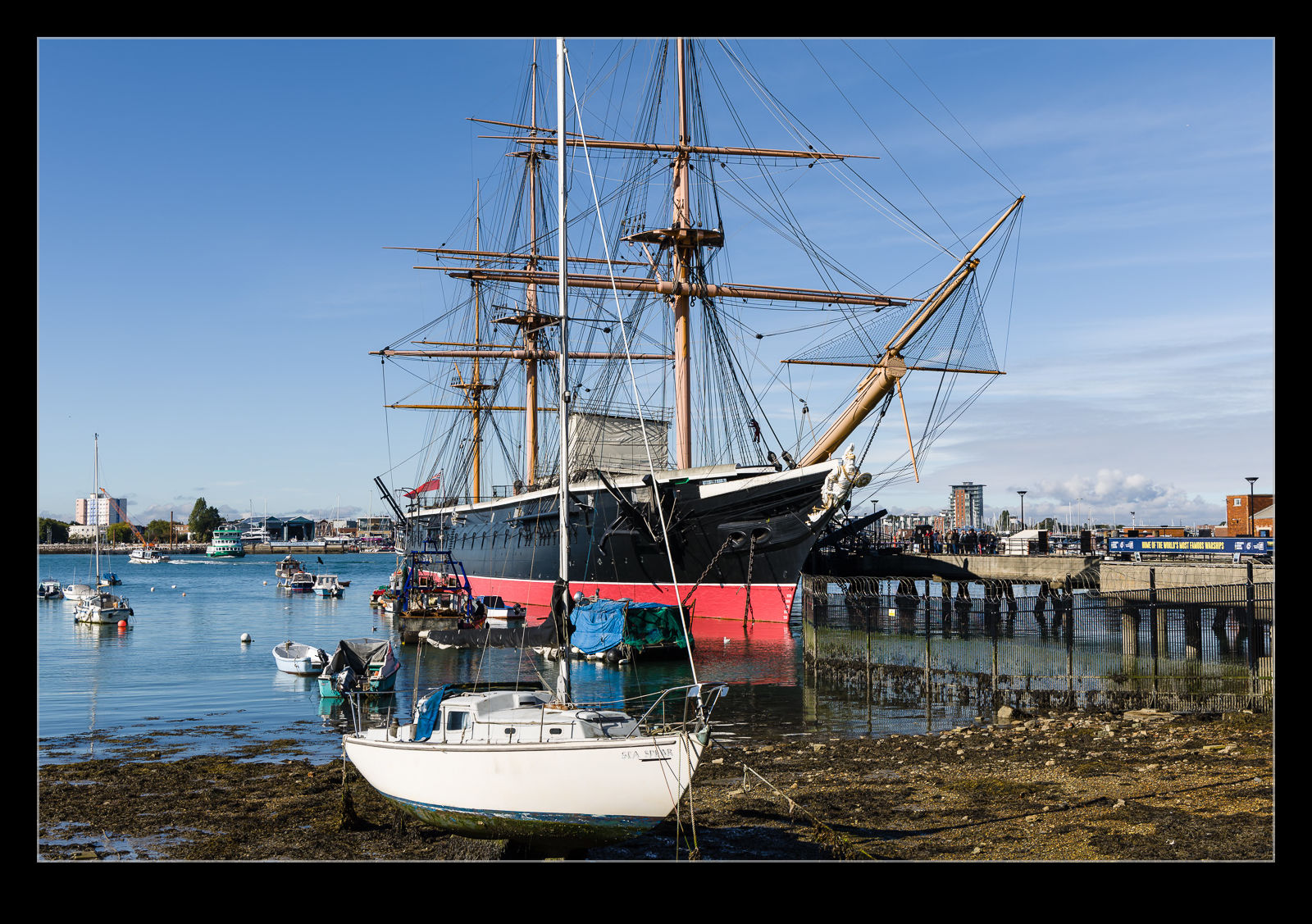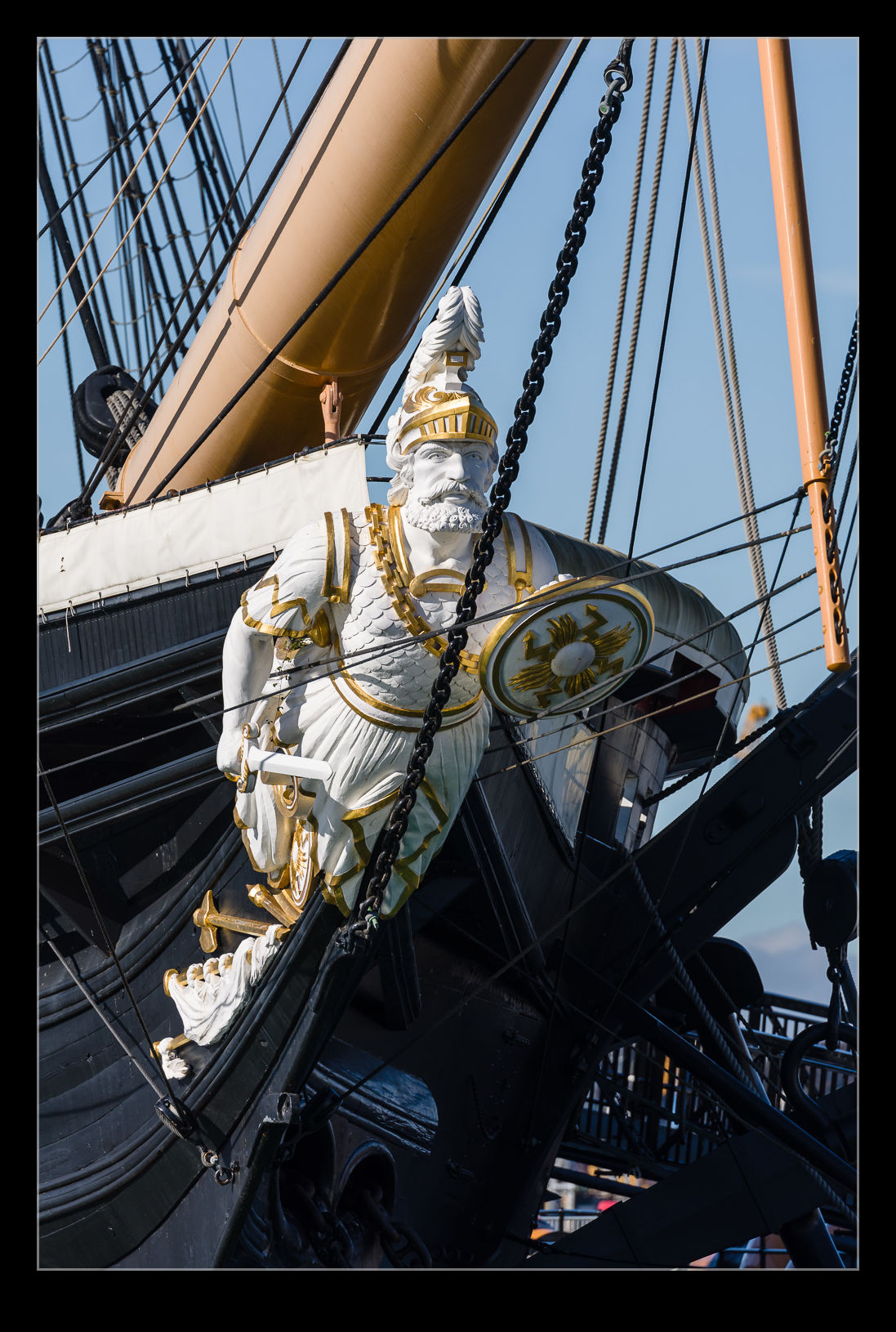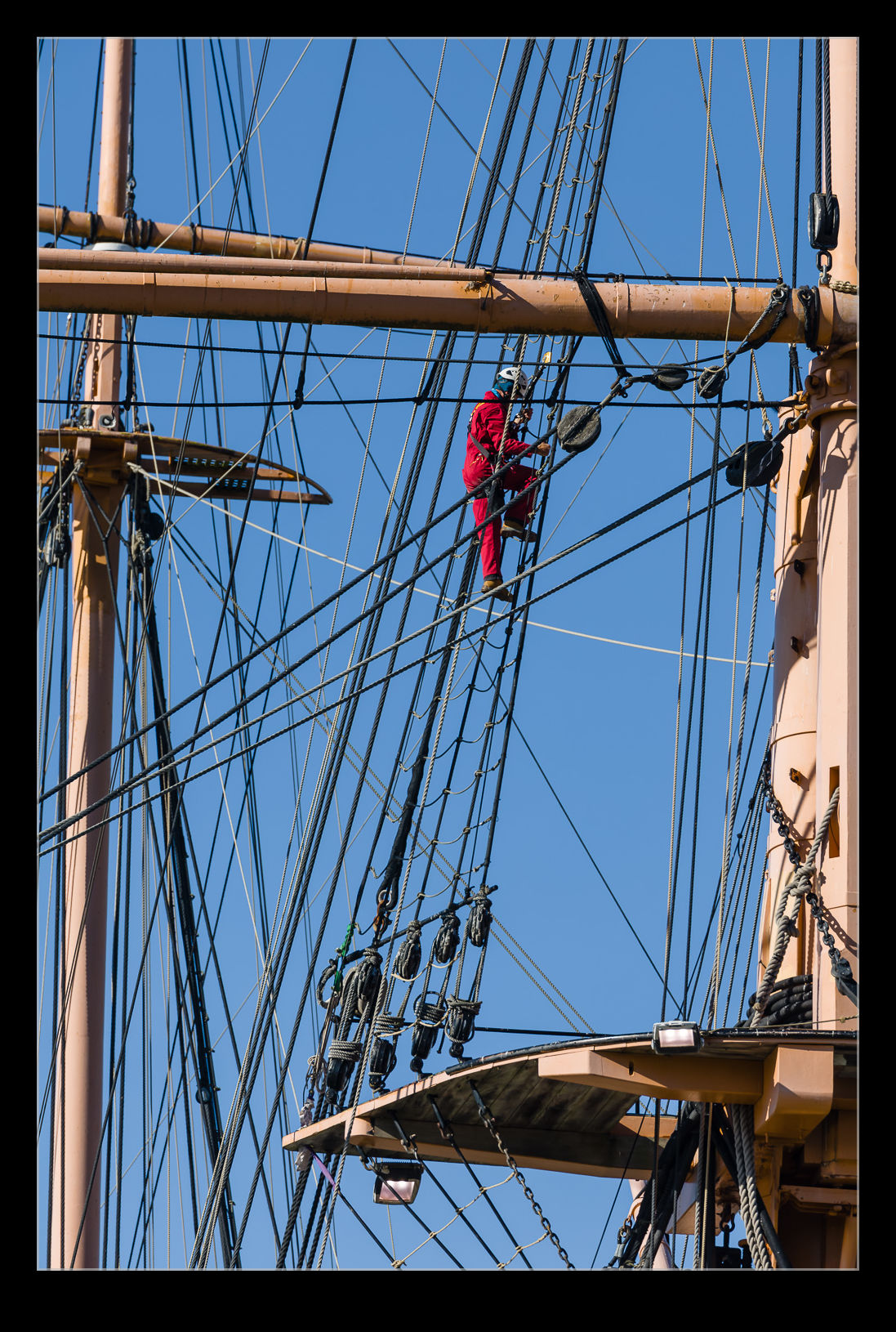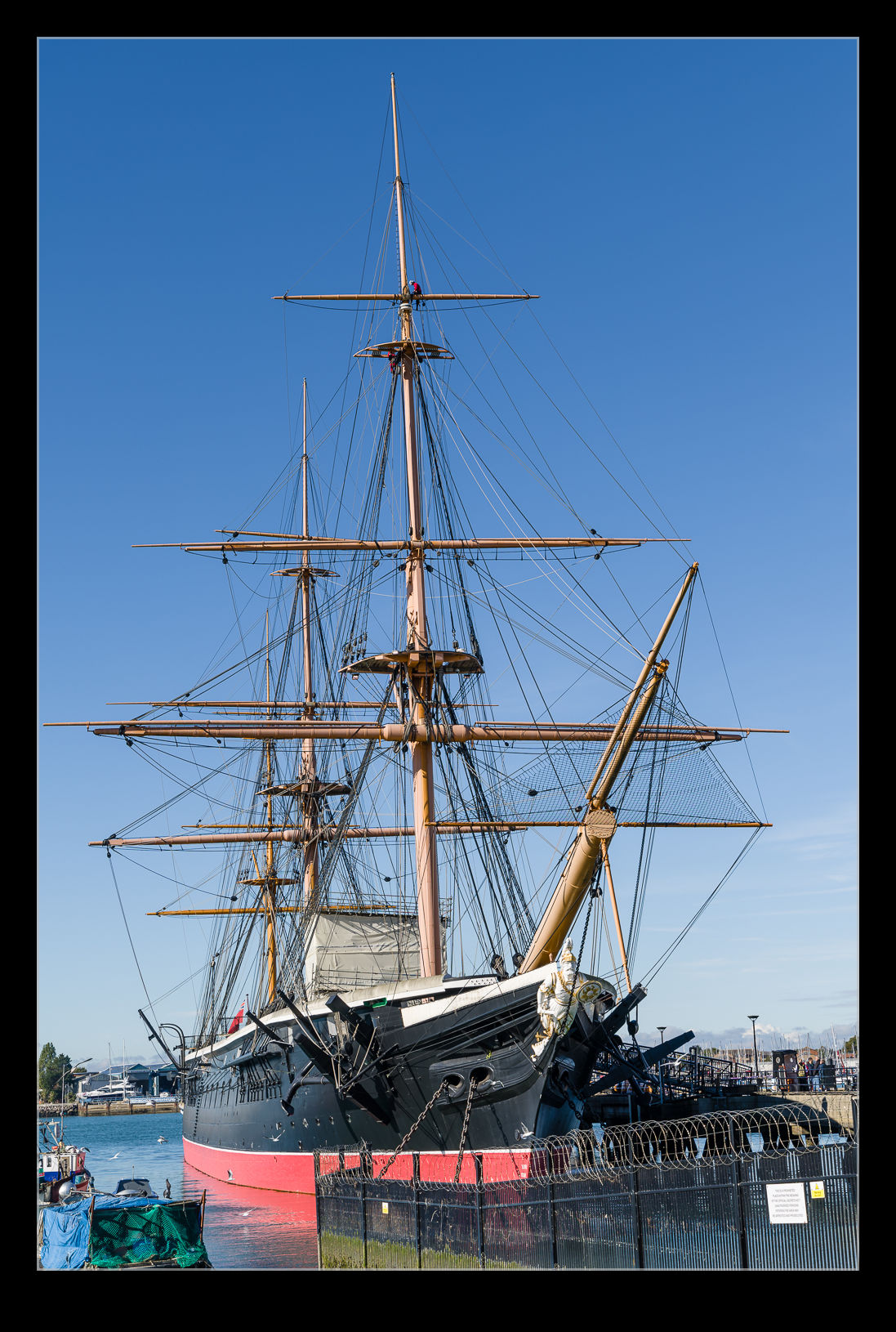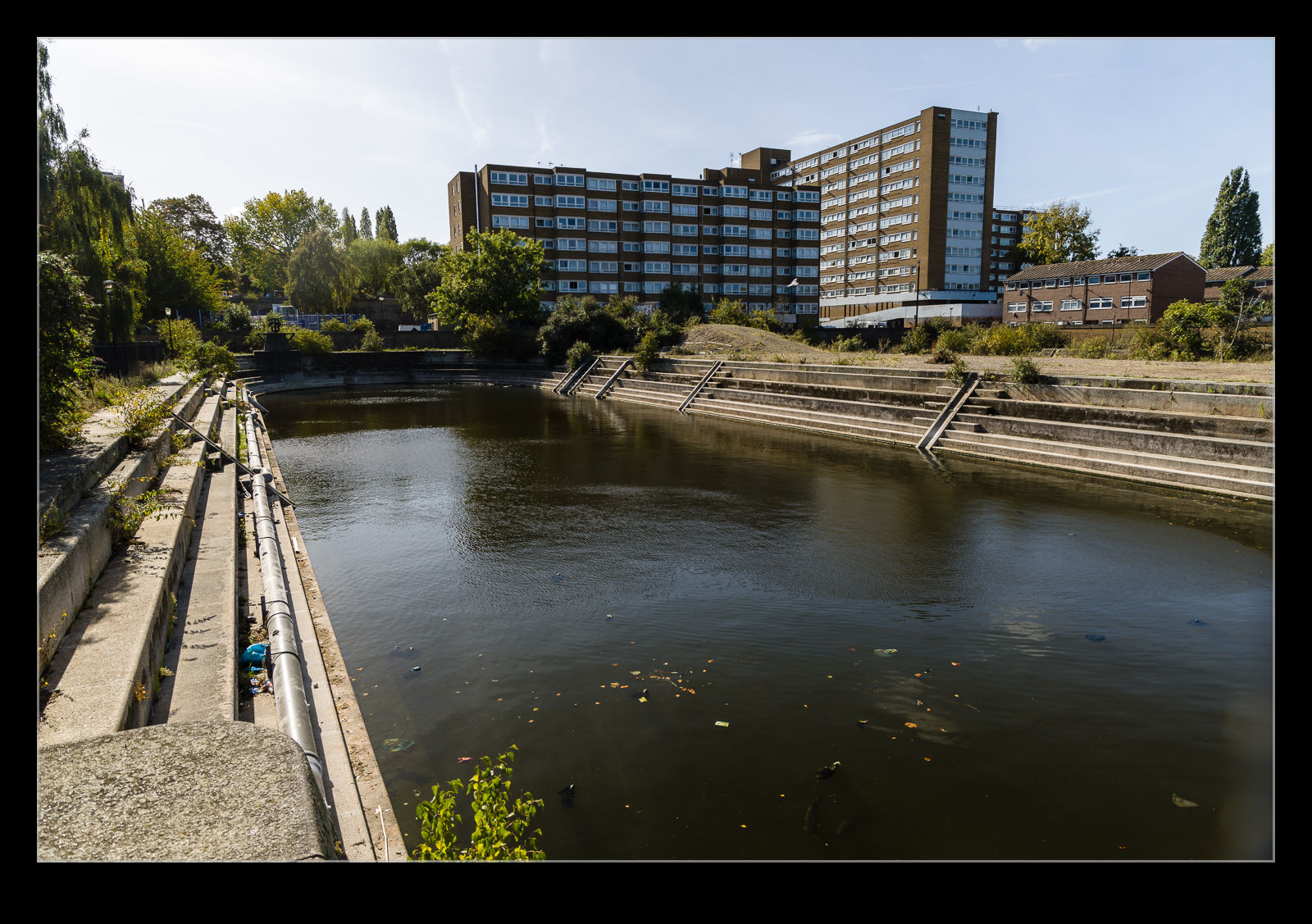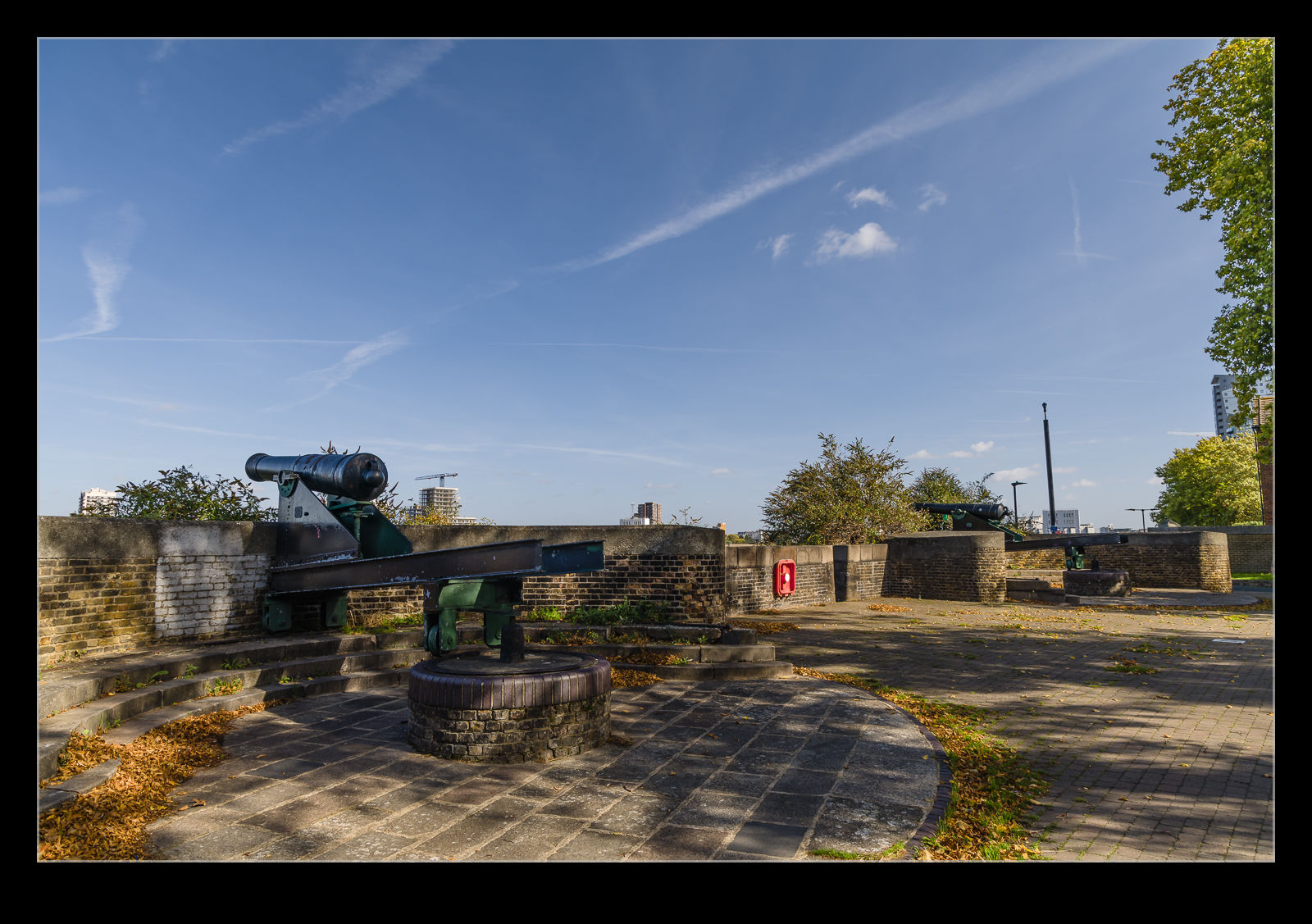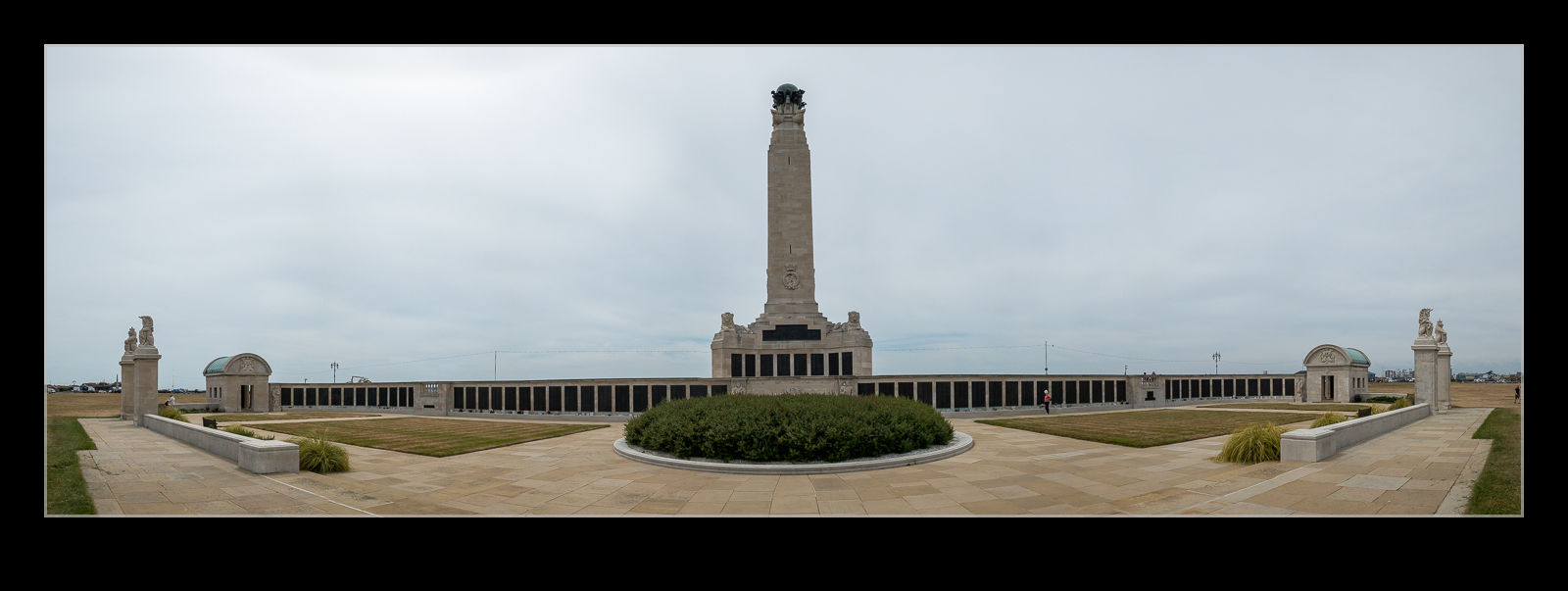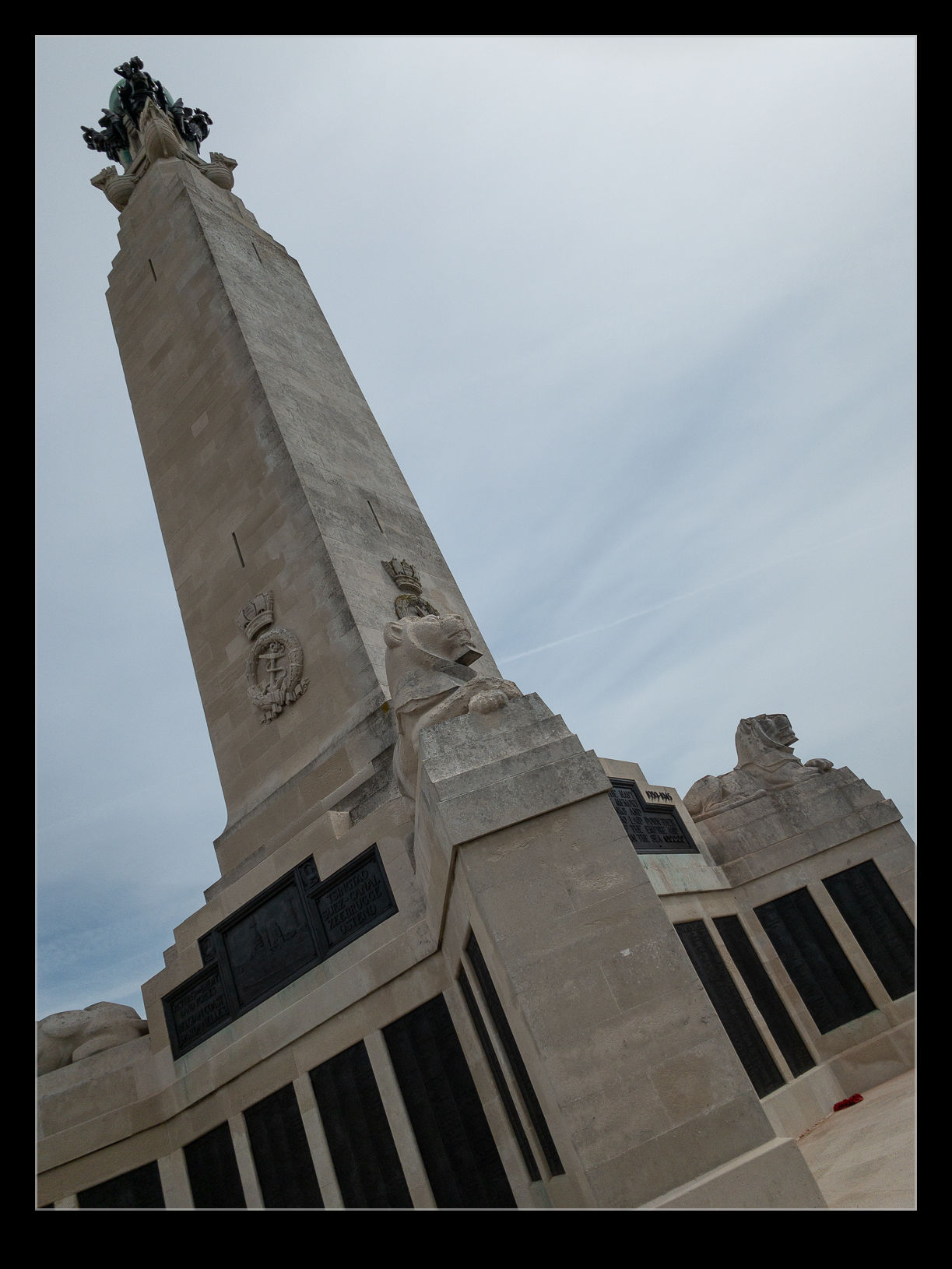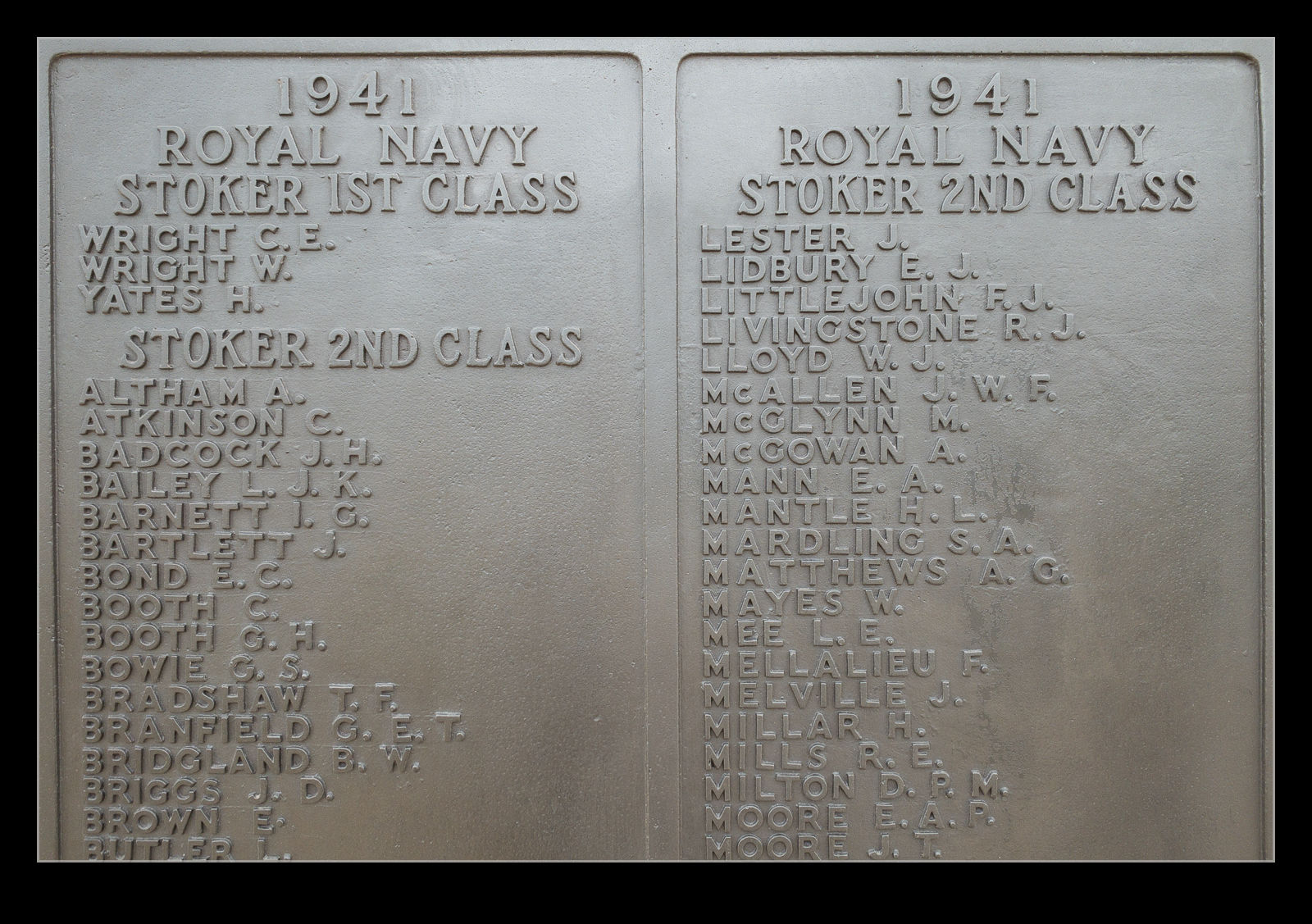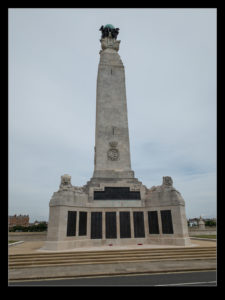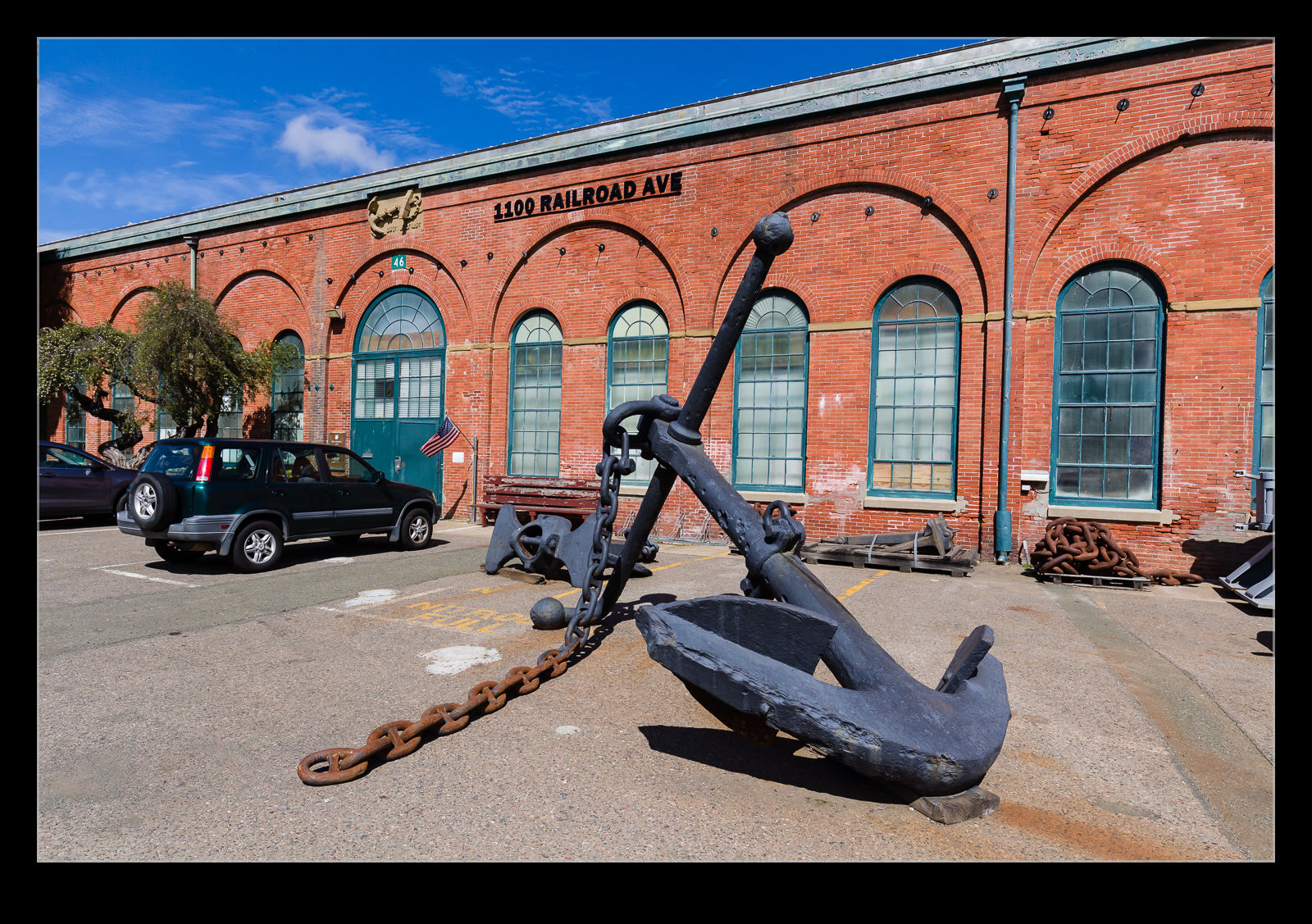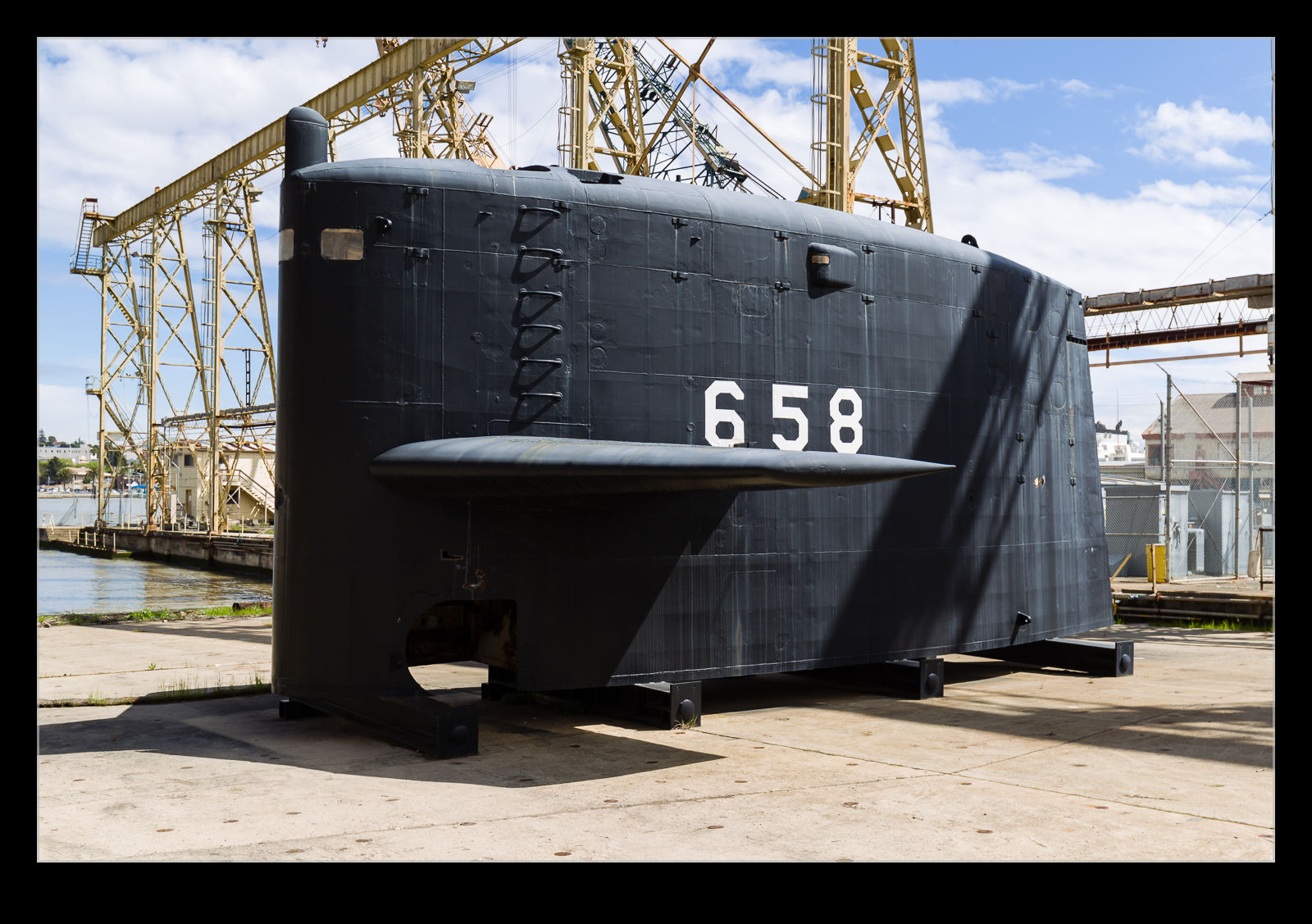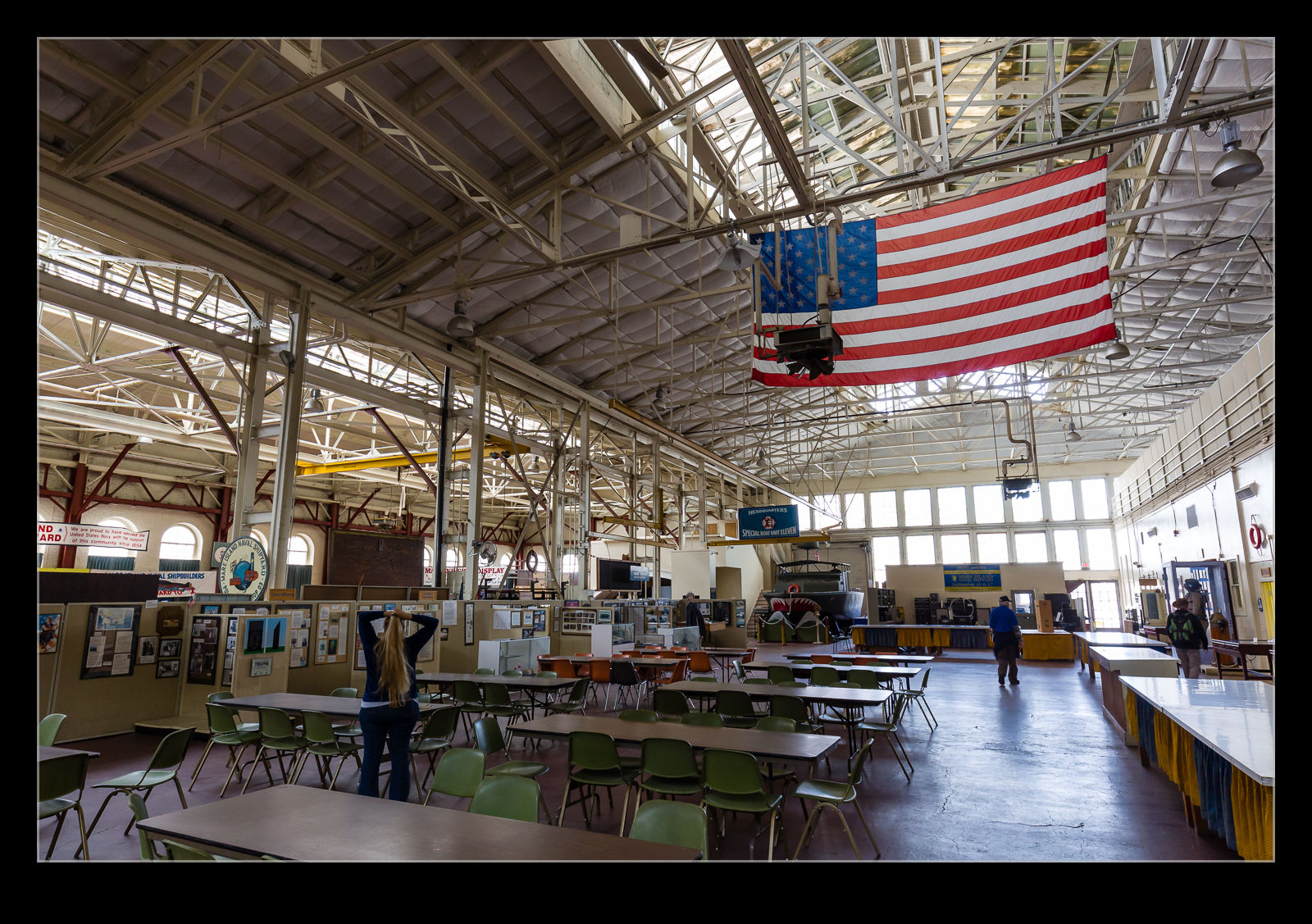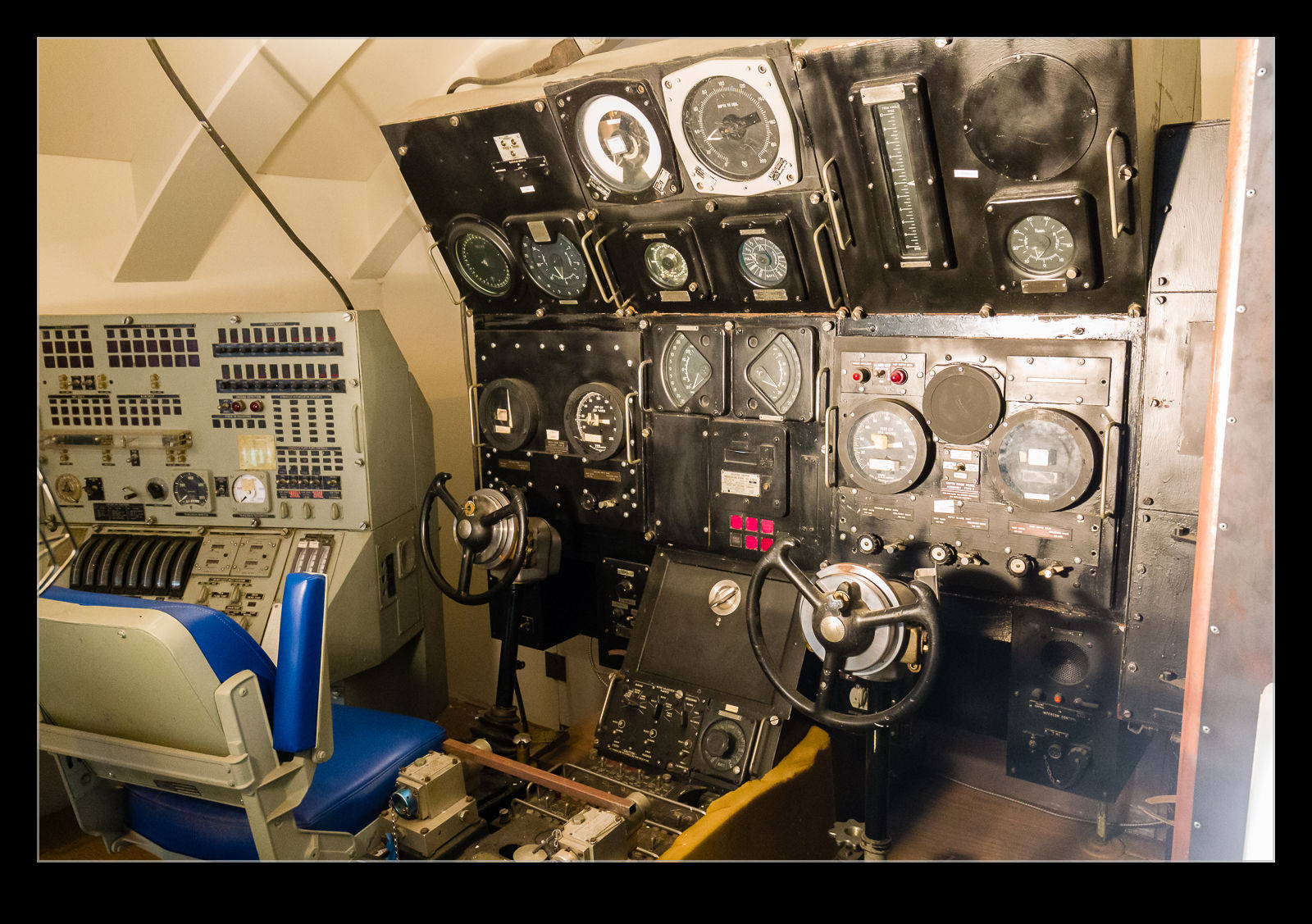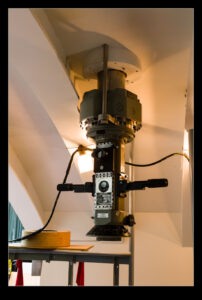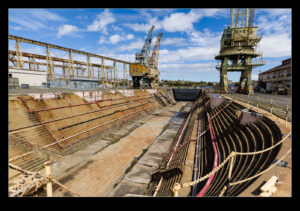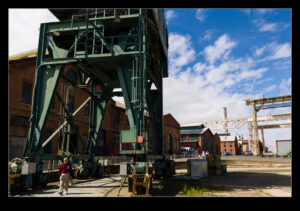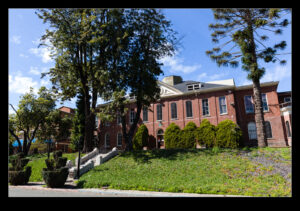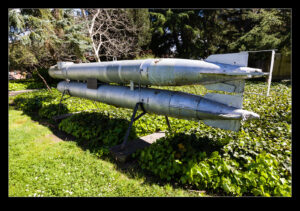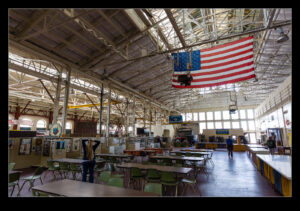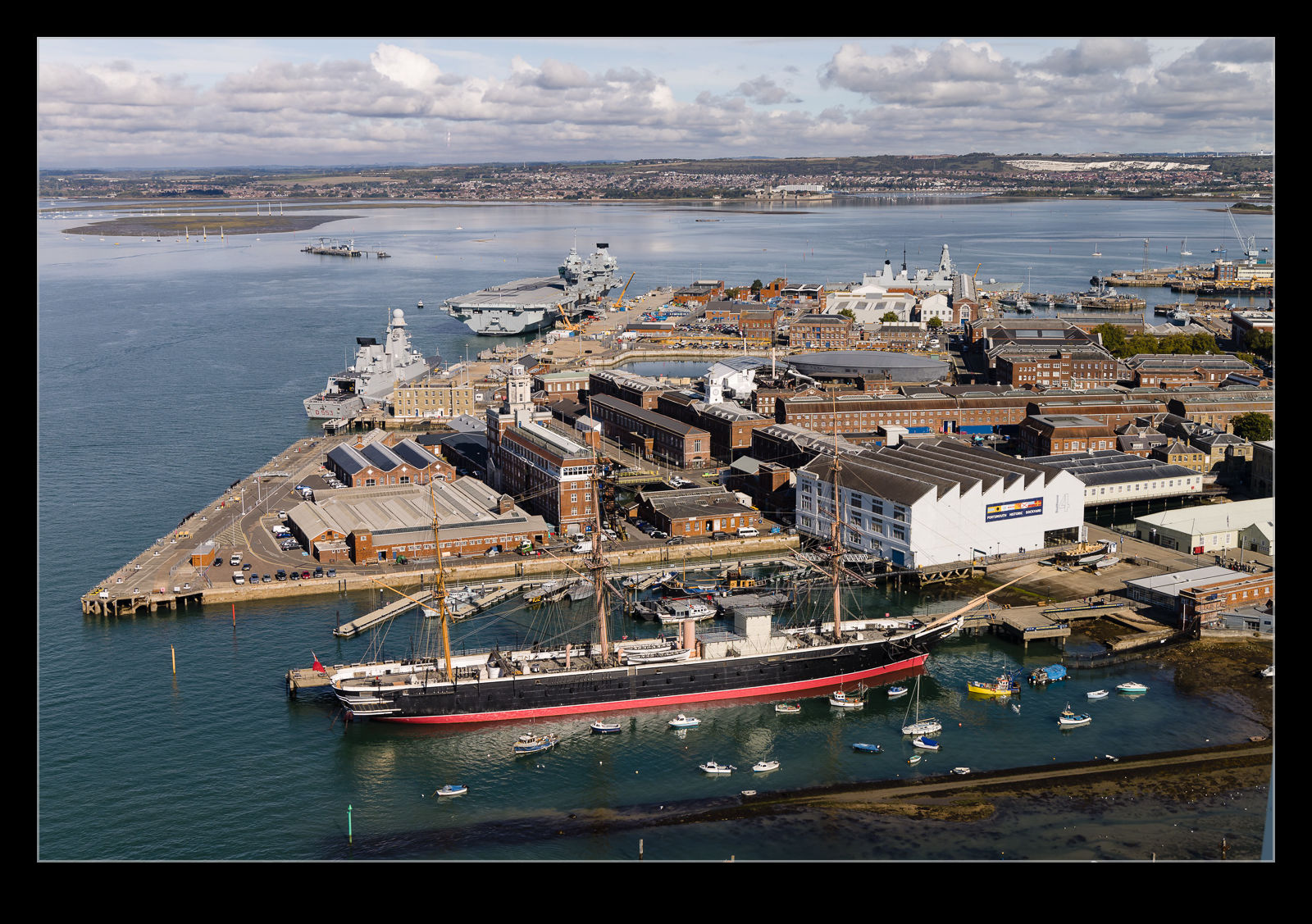 I think HMS Warrior has shown up in the blog before. During our trip to Portsmouth last year, I got a different perspective on it from previous visits because I went up the Spinnaker Tower. I did also take a look from ground level too, though. There were some people up in the rigging working on the ship. I don’t have a great time with heights so that would not be a good thing for me I suspect. An open door of a plane is fine but that is different.
I think HMS Warrior has shown up in the blog before. During our trip to Portsmouth last year, I got a different perspective on it from previous visits because I went up the Spinnaker Tower. I did also take a look from ground level too, though. There were some people up in the rigging working on the ship. I don’t have a great time with heights so that would not be a good thing for me I suspect. An open door of a plane is fine but that is different.
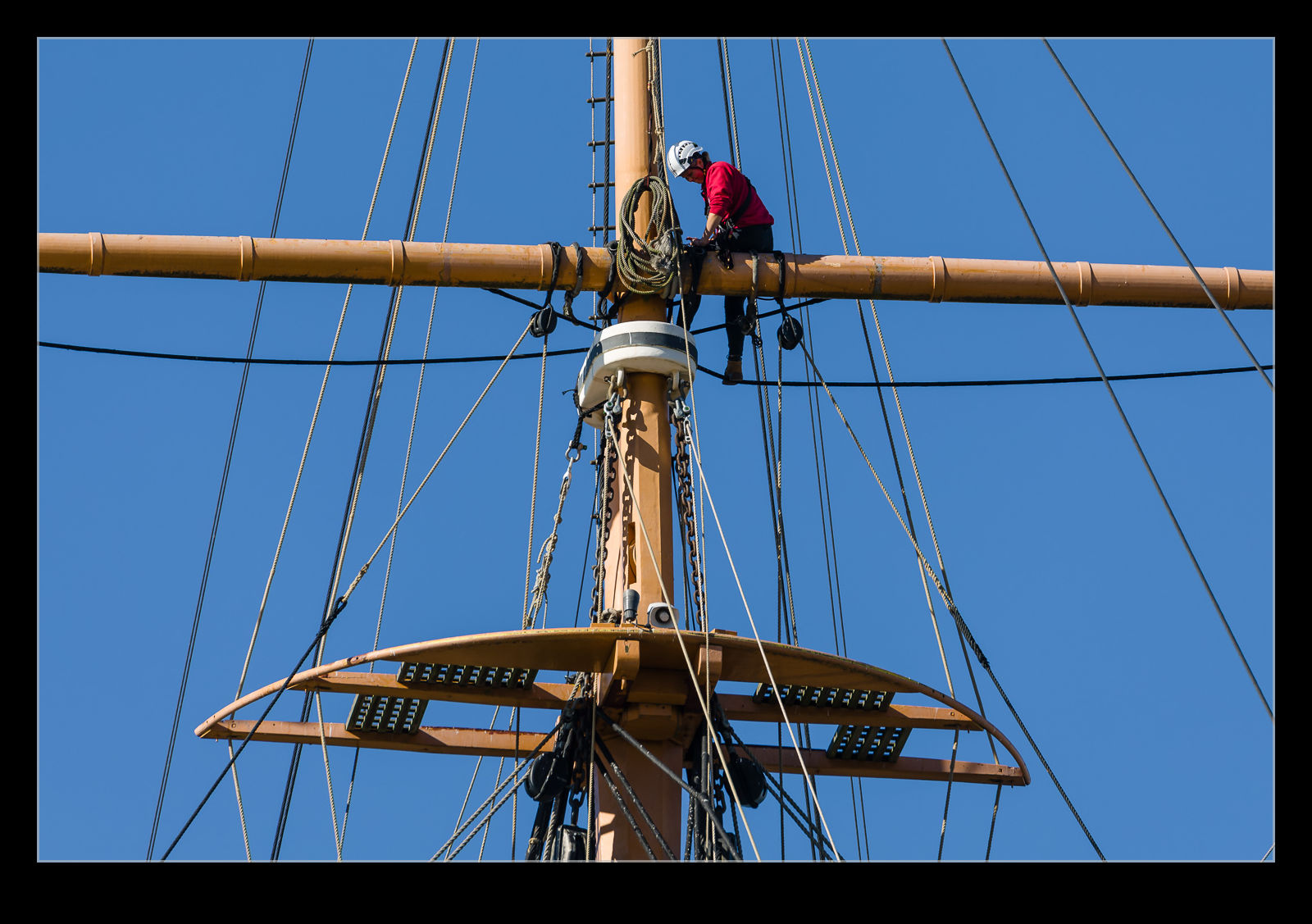 The view from above is a great way to see the ship (or anything for that matter). It also gives you the background of the historic royal dockyard. Having a 60,000 ton aircraft carrier as a backdrop just goes to show how things have changed over the years. At one point, this would have been the pinnacle of warship design but now it is considered archaic. How things move on.
The view from above is a great way to see the ship (or anything for that matter). It also gives you the background of the historic royal dockyard. Having a 60,000 ton aircraft carrier as a backdrop just goes to show how things have changed over the years. At one point, this would have been the pinnacle of warship design but now it is considered archaic. How things move on.
